Late summer is the perfect time to forage for delicious berries and plants growing along hedgerows, fields and woodlands. August is also the beginning of the blackberry picking season, which is a great introduction to foraging for children.
Make the most of the August bounty and gather berries to make jams and conserves that you can enjoy in the winter months.
We've also gathered our favourite foraging books and foraging courses to help you get started.
How to forage safely and responsibly
Whether you're a seasoned forager or a complete newcomer, there are some golden rules you need to be aware of before you begin. Check out our beginner's foraging guide to learn how to forage safely and responsibly throughout the year.
Beginner's Guide to Foraging, with monthly guide to what's in season
Getty
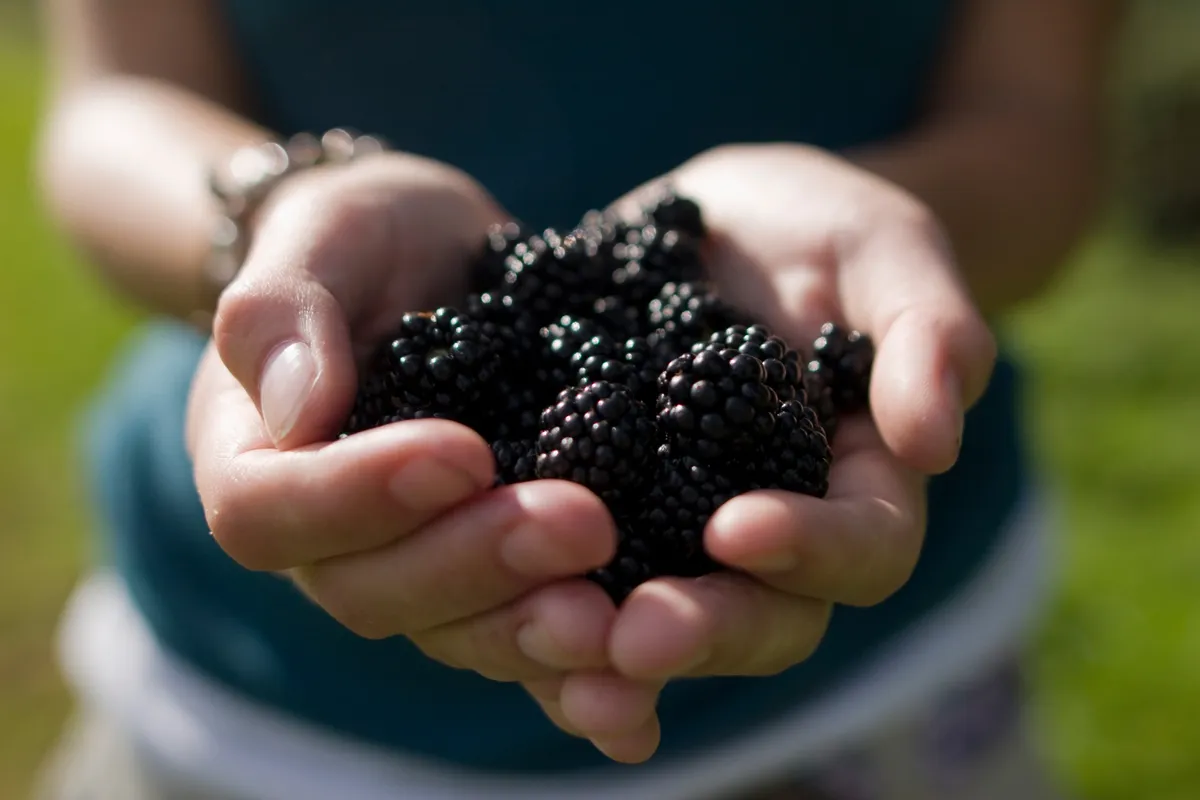
What to forage for in August
Blackberries (Rubus fruticosus)
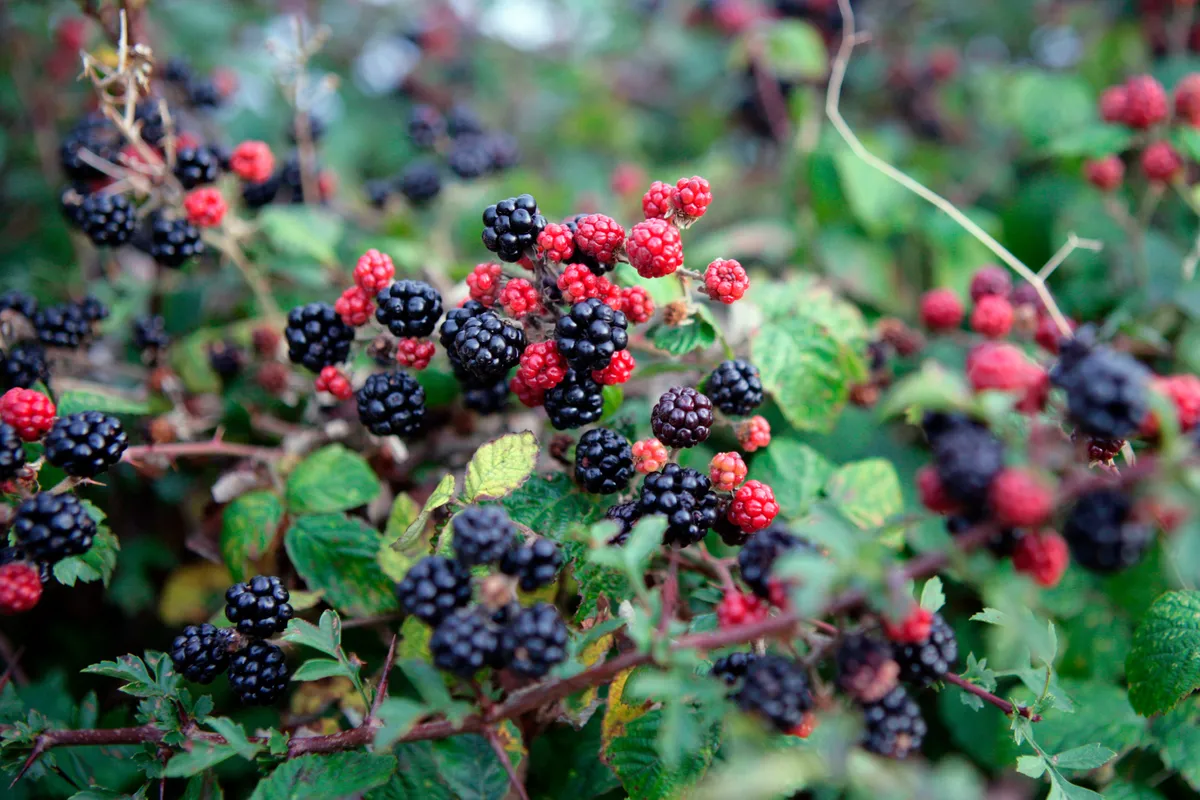
Blackberries are a foraging favourite and have been collected for hundreds of years. Found on bramble bushes in late July, August and September, their berries are black when ripe and are tasty raw or cooked (crumbles or jam are a great start). Brambles grow almost anywhere and can be identified by their thorns and small white flowers. To avoid mistaking an unripe blackberry for a raspberry, check the fruit's inside; blackberries have a core, while raspberries are hollow. The best blackberries are often found in direct sunlight and pull easily off the branch.
- Blackberry guide: where to find, how to cook and recipe ideas
- Easy apple and blackberry crumble
- Best blackberry recipes
Wild raspberries (Rubus moluccanus)
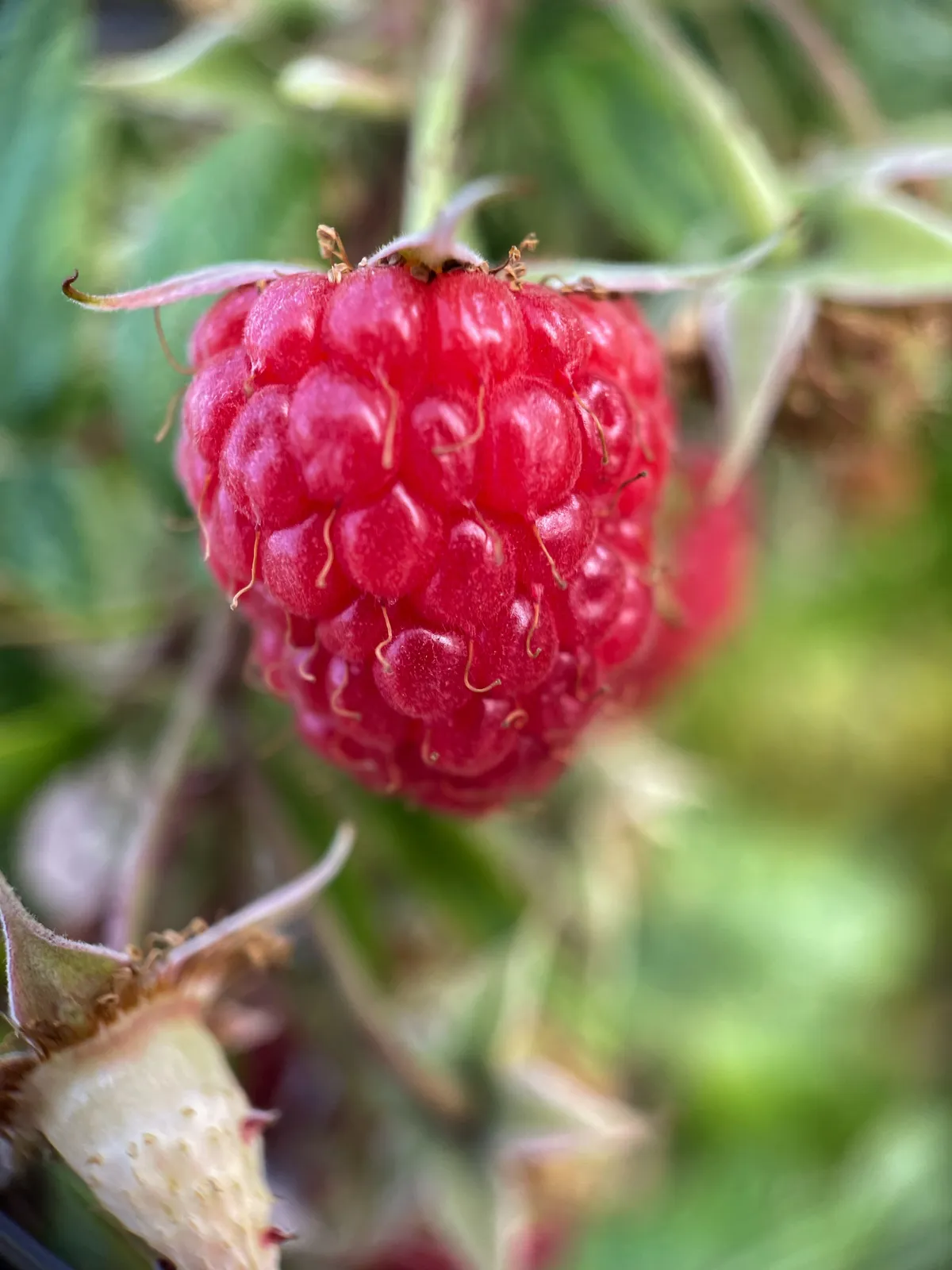
Wild raspberries are surprisingly widespread in the UK, and are smaller and sharper-tasting than their domesticated cousins. Look for them in woodlands, on the ledges of upland crags and sometimes in hedgerows. They're less prolific than garden raspberries, so you may be best off enjoying these as a spontaneous reward.
Crab apple (Malus sylvestris)
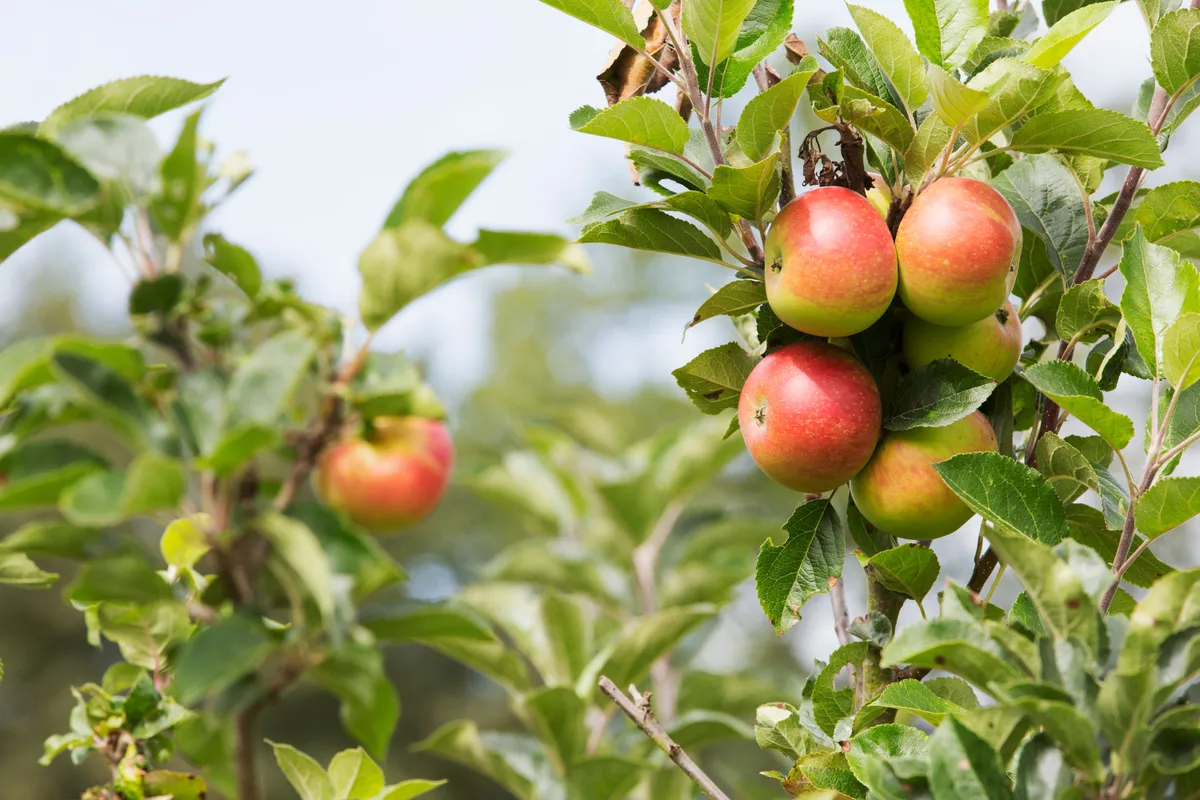
Easily found across the UK, crab apples are the UK's native apple species. Abandoned orchards are a great place to pick apples for all sorts of recipes, depending on the type you pick. Trees can grow anywhere from fields to the sides of roads where cores have been discarded. Eat the sweeter apples straight from the tree, while the more sour tasting fruits are perfect for baking.
- British apple guide: traditional apple varieties and recipe ideas, plus how to grow your own tree
- Parsnip and apple soup with cream and crispy sage recipe
- Easy apple and blackberry crumble
Hazelnuts (Corylus avellana)
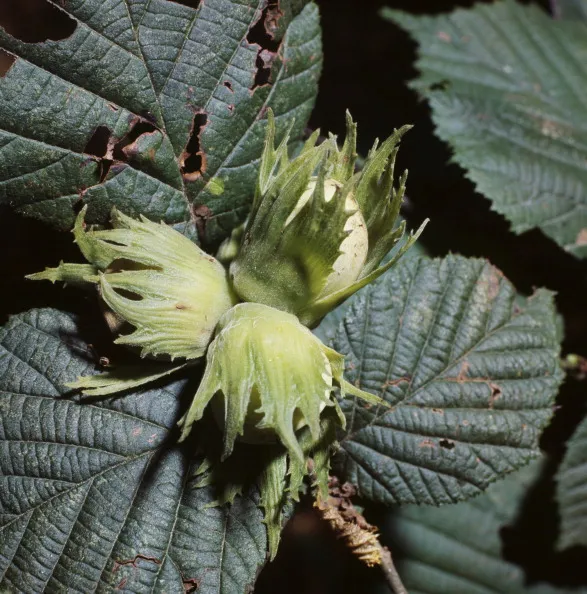
Ripe hazelnuts can be hard to find due to their popularity with squirrels, so why not pick the greener nuts and ripen them yourself in a warm, dry cupboard? Hazelnut tree leaves have rounded leaves with pointed tips and are soft to touch due to the tiny hairs that cover them. The hazelnuts grown in leafy husks and can be eaten raw after removing the outer shell or roasted in the oven.
- How to identify nuts and seeds from British trees
- British tree guide: how to identify and where to see
Hedgehog mushrooms (Hydnum repandum)
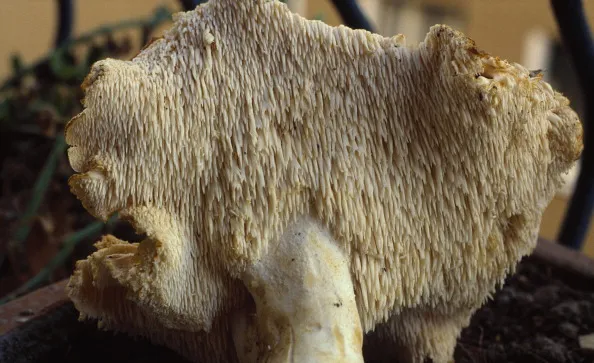
Perfect sautéed in butter or oil, hedgehog mushrooms are a tasty find in wet, woodland areas and can be identified by their large caps (up to 20cm-wide). They are pale and creamy coloured, with small spines underneath, similar to the terracotta hedgehog mushroom, which is also edible and makes a great addition to a risotto. Hedgehog mushrooms have a sweet, nutty taste and can be found in August though to November.
Sheep Sorrel (Rumex acetosella)
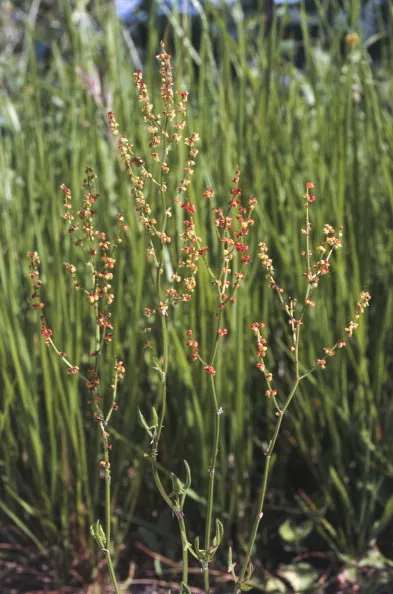
To some gardeners, sorrel and other dock species are a perennial pest, growing in acidic borders and lawns. But sheep sorrel is great tossed in salads and its arrow-shaped leaves give any dish a tangy twist. Find this species growing in grasslands and identify it by its reddish-green flower clusters. It shouldn't be hard to find as it is plentiful in both the town and countryside.
Elderberries (Sambucus)
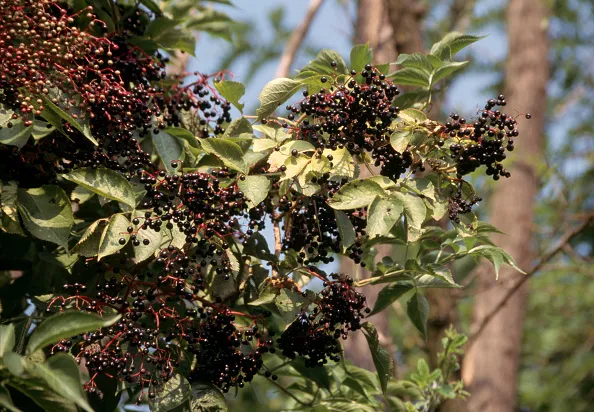
Similar to blackberries, elderberries are used for jams and crumbles but you can also make liquor and syrups from the sweet and juicy berries. Raw berries are mildly toxic and slightly bitter so make sure to cook them. Elder trees are small with feathered leaves that grow in opposite pairs with a single leave at the tip. Found in hedgerows, the berries are dark purple to black and form in clusters. To pick them quicker, use a fork to pull multiple off at a time.
- Elderberry guide: where to find, health benefits and recipe ideas
- Elderflower guide: where to find it, how to identify and recipe ideas
- Elderflower and gooseberry jam
Mint (Mentha)
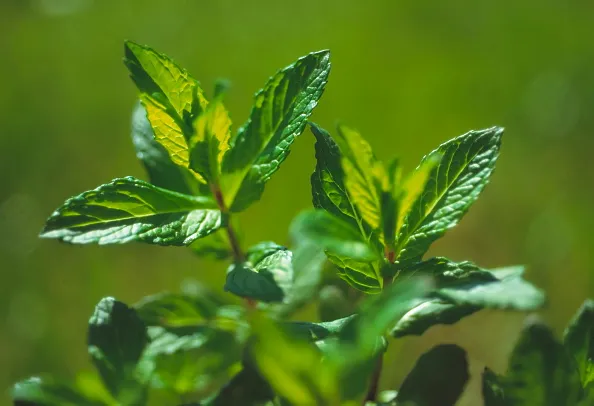
Mint is a flavoursome favourite and there are many varieties native to Europe as well as many hybridised species. Mint likes moisture so grows in low, open areas. Identify it by its strong aroma, or its squared stem and slightly hairy leaves. Once foraged, mint can be eaten fresh or frozen and then used in a huge variety of recipes including teas and relishes.
Dandelion (Taraxacum)
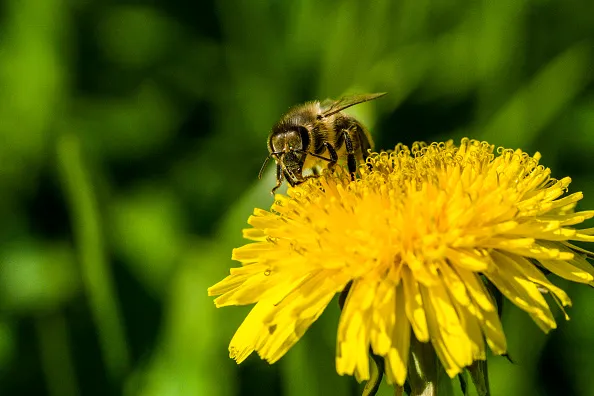
Although dandelions are most prominent in May and June, they continue to pop up throughout summer. These colourful blooms can cause gardeners a lot of grief, sprouting persistently in herb gardens and vegetable patches – so foraging them is good on two levels. Used traditionally for herbal remedies, dandelions contain all kinds of minerals and are rich in vitamins. Their large yellow heads make them an easy find and they can be used in salads or pesto and pair well with goats cheese, all the while, aiding digesting and kidney function.
- Dandelion guide: where to find, how to pick and recipe ideas
- Dandelion flower and rum cake by Rachel Lambert
- Easy dandelion wine recipe
Sea Buckthorn (Hippophae)
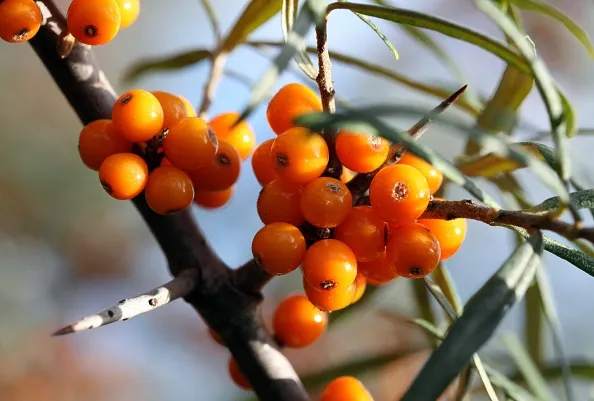
Used by Ancient Greeks for its medicinal properties, buckthorn berries treat skin conditions such as eczema and dermatitis and are used in many cosmetic products. The eye-catching berries are filled with vitamin C and can be found in August through to the New Year. Not only are they filled with antioxidants, they are also bursting with flavour and are found mainly by the coast, but also more inland. They grow on thorny bushes and have a silvery effect to their leaves. Vinegar can be infused with the berries, which preserves their medicinal properties, and they also make a good addition to beverages such as buck's fizz, adding an extra kick with their slightly sour taste.
Primrose (Primula vulgaris)
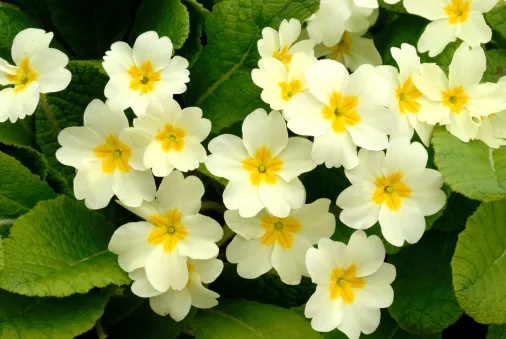
Primroses don't tend to grow in shade, so look in meadows and dunes and other areas with direct sunlight. Once picked, you can eat the roots, stems, leaves and petals of the primrose for its healing oils, vitamins and minerals. Primroses are known to aid the function of the immune system and are a native species of North America. Their pretty petals (more likely to be found in spring) can brighten up a salad and their fleshy roots bring the crunch.

